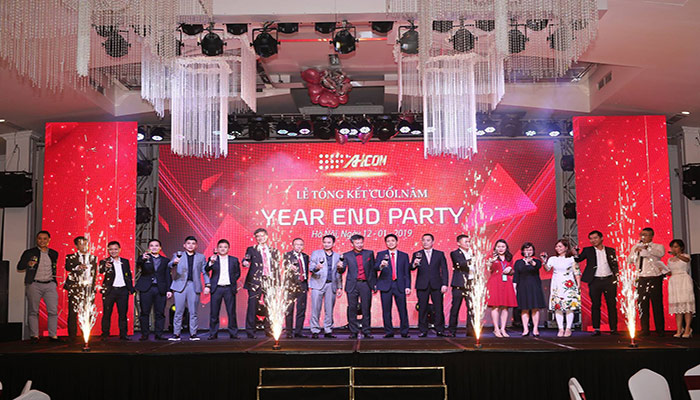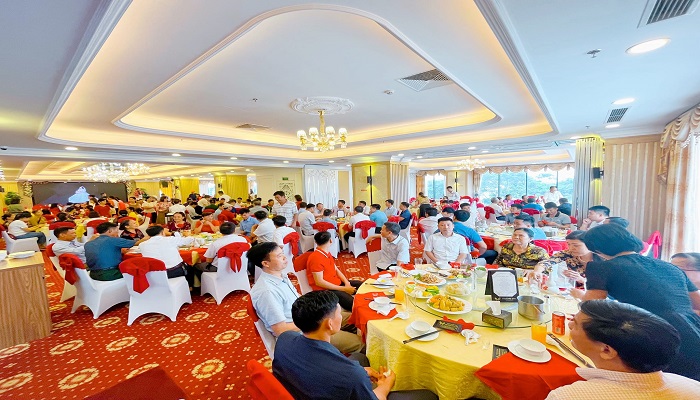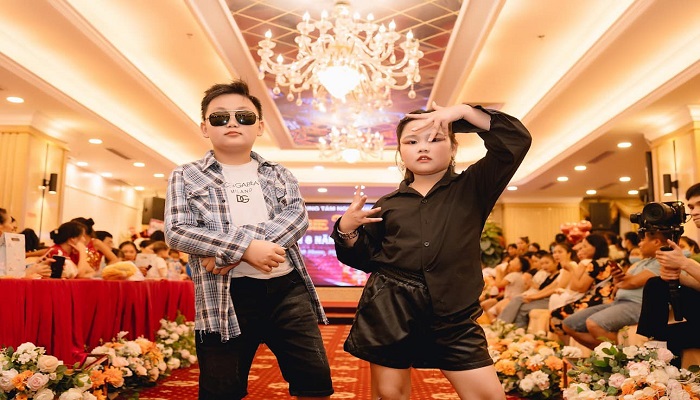The most famous and historical festivals in Ha Nam
On the simple surface of Ha Nam province, hidden behind are special cultural heritages, expressed through rich festivals and rich national identity. From strange traditional festivals to majestic historical festivals, Ha Nam boasts a list of famous festivals and promotes its profound historical value. Let's learn about the most famous and historic festivals in this province, where cultural traditions have been preserved and honoured for generations.
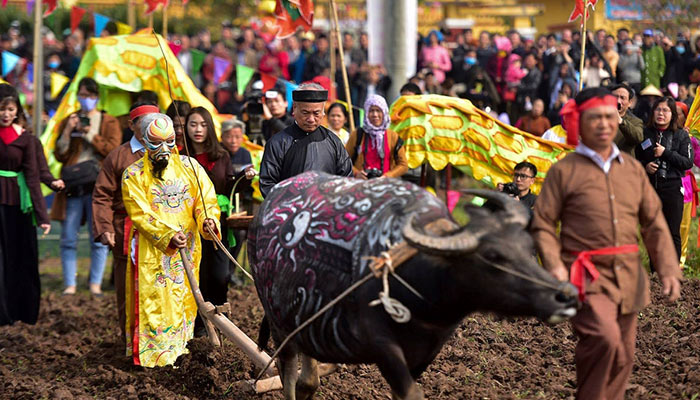
Tich Dien Doi Son Festival is an event to encourage agriculture but also an opportunity to honour traditional culture. Initially held in the 10th century, after many years of disappearance, this festival reappeared in 2009. According to history, since ancient times, a legendary king opened the Tich Dien festival. In the spring of 987, King Le Dai Hanh and his civil and military mandarins ploughed the fields at Doi Son for the first time and discovered golden jars. From then on, every spring, the king personally ploughed the fields and held the Tich Dien ceremony, wishing to pray for a favourable harvest. Despite many changes, this festival was still maintained and developed through dynasties, until it ended under King Khai Dinh. The Tich Dien ceremony is not only a farmer's ritual to pray for a harvest, but also a profound expression of humanity. This is the way the king shows his affection for the rural people by caring for their lives through taking care of the land. The festival is also a means of conveying traditional values and gratitude to ancestors, as well as encouraging the sustainable development of agriculture. This is an important reminder to the Ha Nam community and the entire Vietnamese population, encouraging them to continue to preserve and promote traditional cultural values, as well as work hard to contribute. contribute to the economic development of the country. Tich Dien Doi Son Festival takes place from the 5th to 7th of the lunar new year, combining many diverse rituals and performances such as the incense procession of King Le Dai Hanh's feet, the water procession ceremony, the worshipping ceremony... Rituals recreating the events of general Le Hoan, with a strategic vision of the strategic position of Doi Mountain to the capital Hoa Lu. The land reclamation ceremony is performed according to the ploughing process of the leaders and the community. Along with that, there are activities such as a buffalo decoration contest, with innovation in decoration with drawings of the four sacred animals, four precious animals, etc.

Next, the Truc Temple Festival at Truc Temple is located in Quyen Son village, Thi Son commune, Kim Bang district, Ha Nam, where famous general Ly Thuong Kiet is worshipped. Every year, from January 1 to February 1 of the lunar calendar, villagers hold festivals at the temple, attracting a large number of tourists and surrounding people. The festival lasts from Trung communal house to Truc temple, Thi pagoda and the edge of Cam mountain. Early in the morning, the procession carries a palanquin from the temple to the communal house door for the offering ceremony, followed by rituals to thank God and Buddha. Then there are games such as tug-of-war, wrestling, cockfighting and bingo. However, the most special things are the traditional singing and dancing and the traditional boat race on the Day River. Every year on the 1st day of the second lunar month, the village organises a procession of Buddha statues and worshipers of Ly Thuong Kiet from the temple to the village communal house, ending with 6 days of singing and dancing. At the end of the ceremony, there is a procession to process the statues of Buddha and Ly Thuong Kiet back to the temple, along with dancing and singing that continue for 3 more days before closing the temple. Singing and dancing are held at the temple grounds, with girls aged 13-15 performing. The special thing is the boat race on the Day River, only for men, with the winning team receiving a reward. This festival is not only an opportunity to honour Ly Thuong Kiet and Buddhism but also a celebration and honour of cultural traditions, history and patriotism.
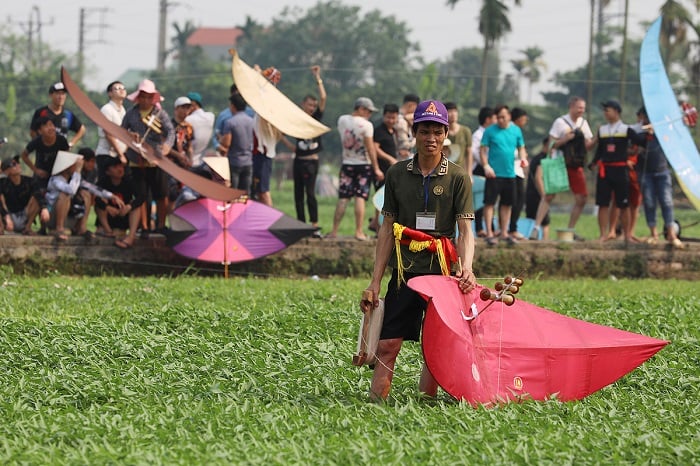
Finally, the kite flying contest in Dai Hoang village, Hoa Hau commune, Ly Nhan district, Ha Nam, is a feature of folk culture that has existed since ancient times to celebrate the season and pray for peace and prosperity. prosperity. Activities take place at the village's inner, outer and inner communal houses, with large spaces from fish ponds and lotus ponds to sandy fields. The kites are carefully crafted from the 11th lunar month of the previous year, with old bamboo as the frame and sturdy paper, and the kite strings are made from silk. The shape of the kites is flat diamond-shaped. When they fly high, their wings are elegant, and when they land, they look like a sword piercing the ground. The big kite competition takes place on the morning of the 15th day of the 5th lunar month, with the participation of the four zodiac animals in the village. Each competing team consists of 3 people, representing their village. The competition took place in a vibrant and exciting atmosphere, as the kites soared high to the sound of drums and loudspeakers, and then landed safely. Excitement and joy filled the air, a great occasion for people to connect with each other and enjoy special moments beyond everyday life. This demonstrates the preciousness of traditional activities in creating a sense of solidarity and excitement within the community.
The historical and famous festivals in Ha Nam are not only fun occasions but also opportunities to explore the deep culture of this land. With a combination of tradition and innovation, festivals in Ha Nam attract the attention of both domestic people and international tourists. At the same time, they also help maintain and develop the country's cultural heritage, creating Ha Nam's unique tourism style.

.jpg)
